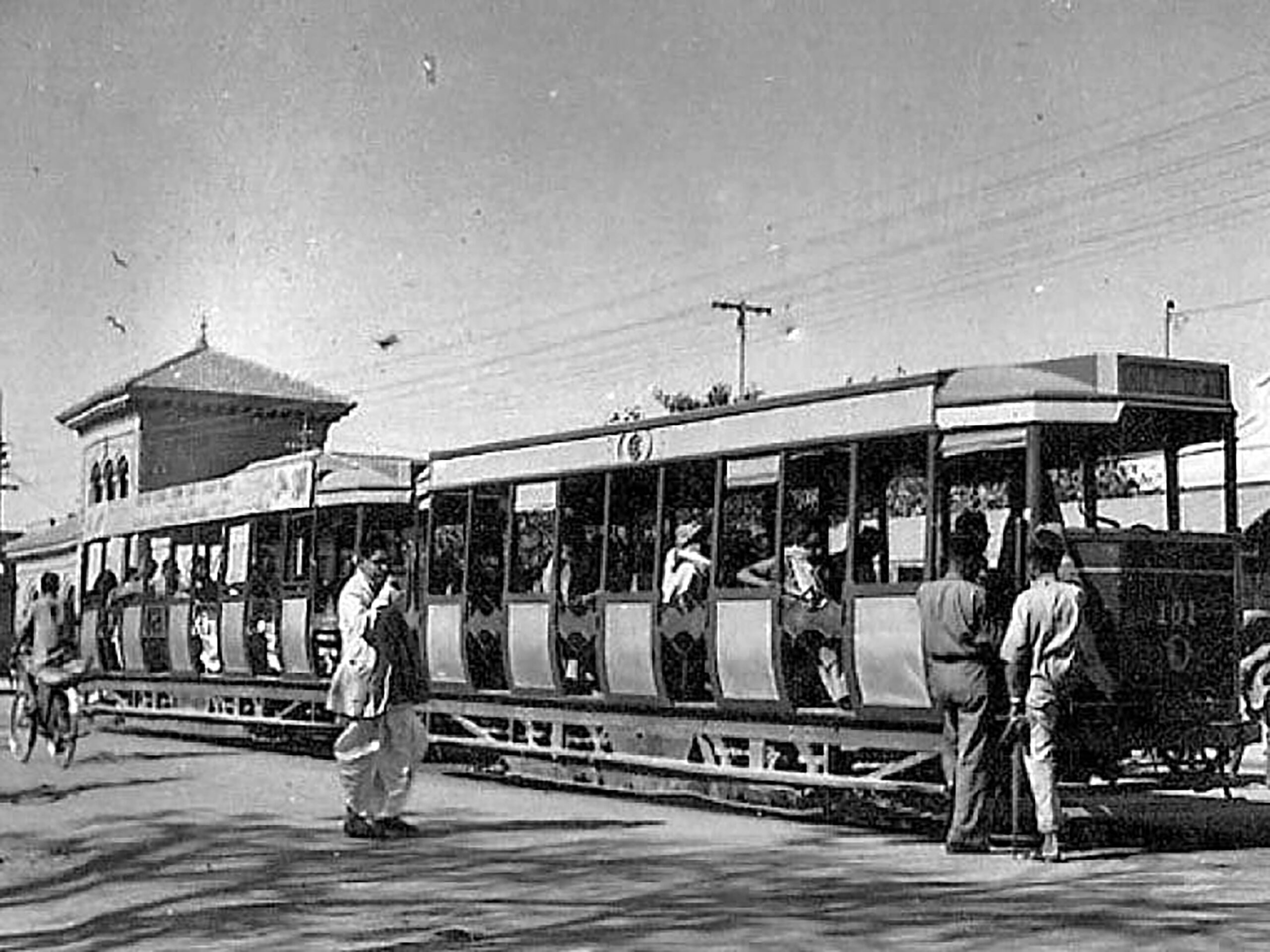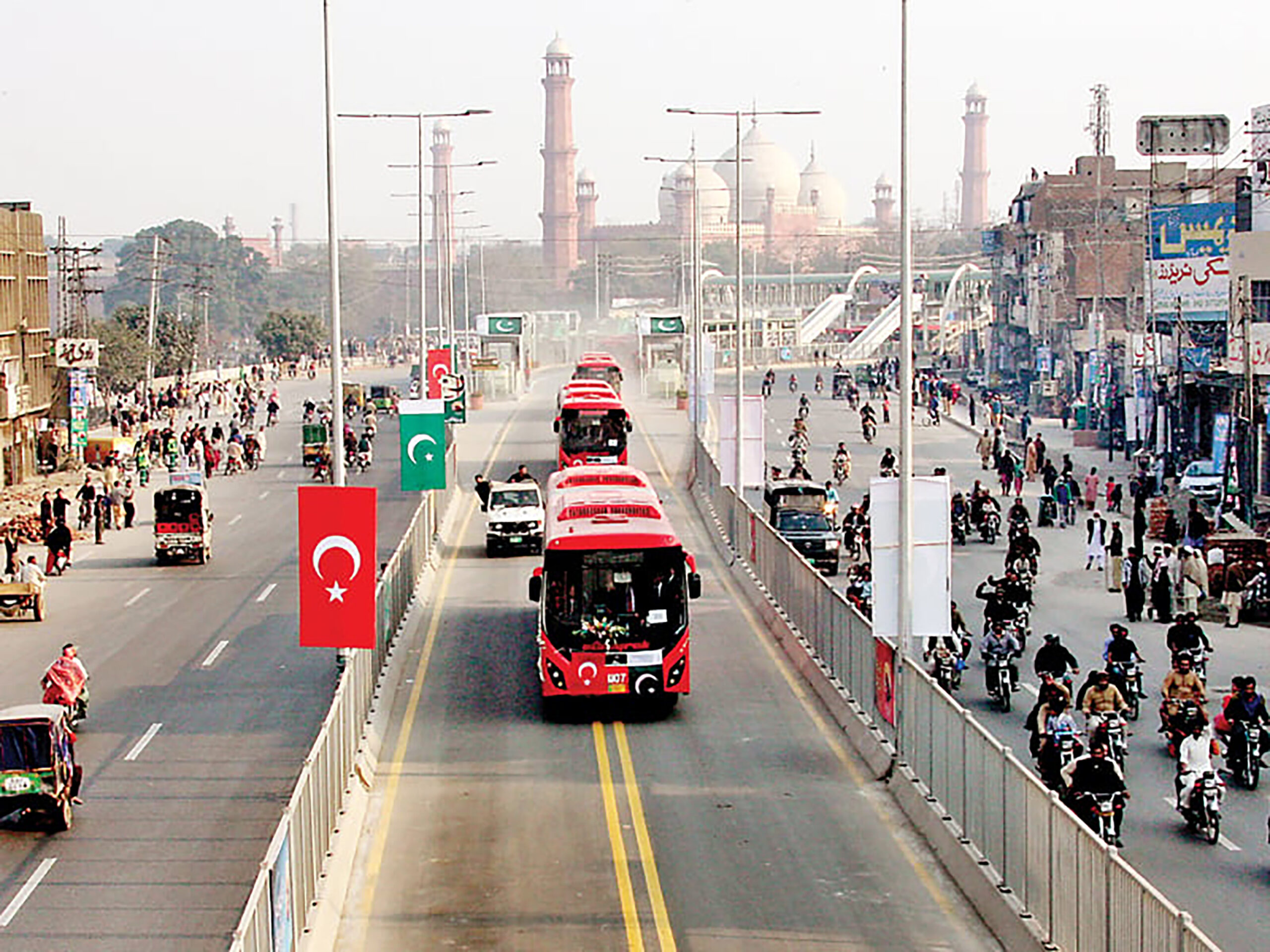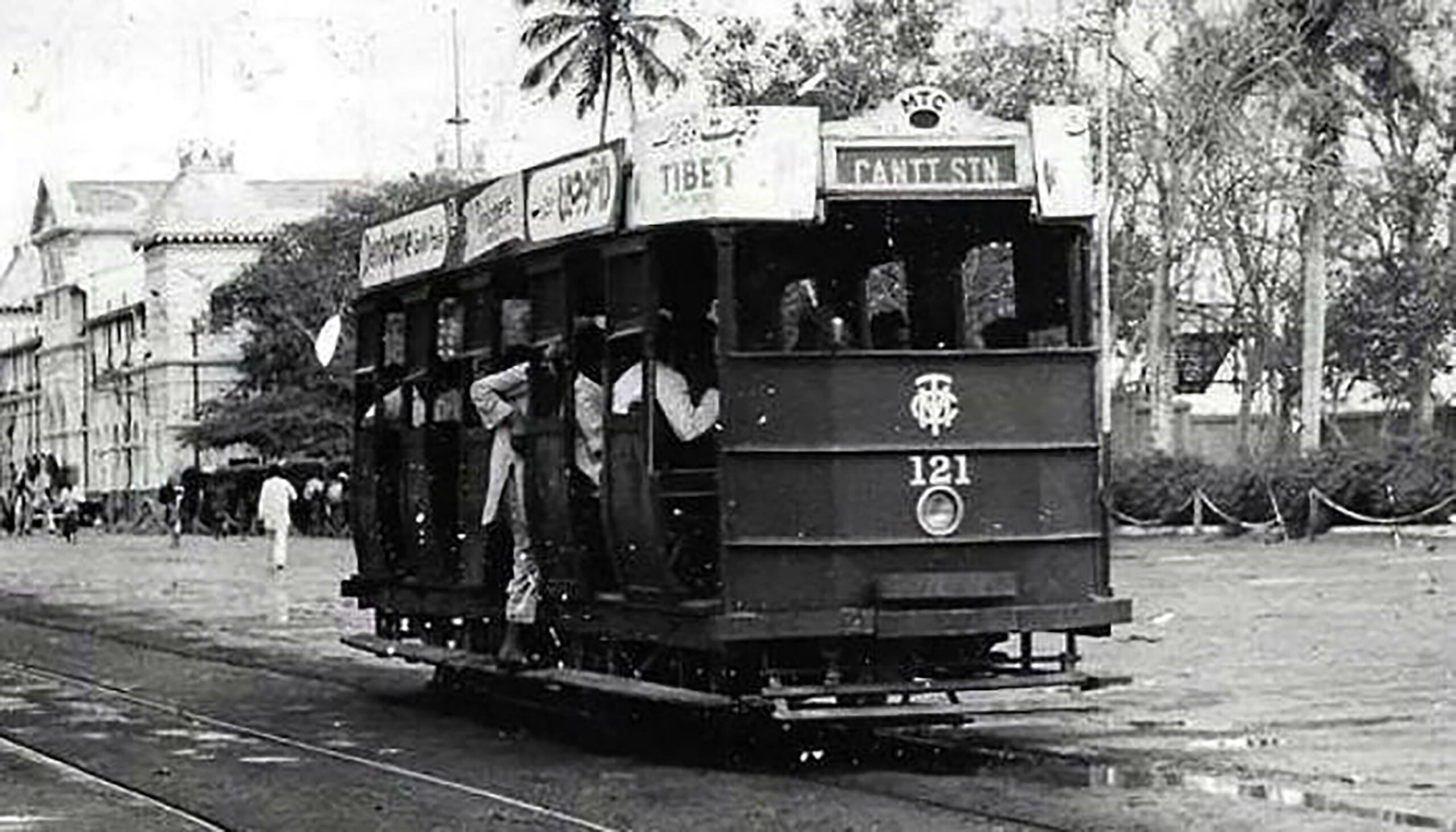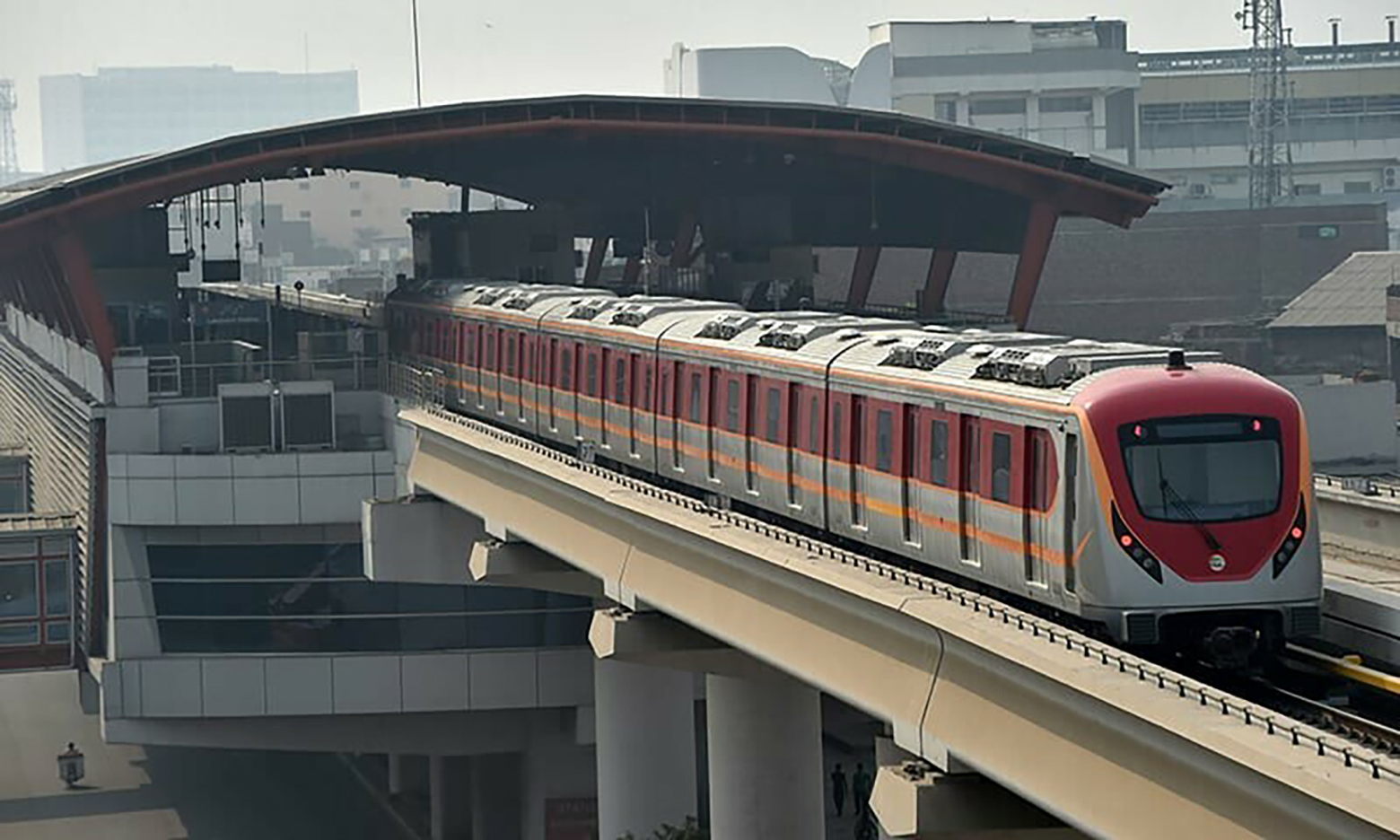Cities are profoundly influenced by how people move around to go about their daily lives. Yet for all the discussion of the need for public transport and walkable cities, there is a profound and historic relationship between innovation in modes of transportation and urban development.
In many ways, a city is a living, breathing, body with a vast number of moving parts. Often information about these spaces is processed and decisions made based on two-dimensional maps drawn on paper. This does away with the pulse of the street. Space and cities are not simply a fact of landscape or a count of roads and buildings. It might in fact be more helpful to conceptualise a city as an area where the past leaps on the present, even as the present attempts to raze the past to the dust.
In very simple terms, it means that an area’s past is constantly in battle with its present realities and challenges. And historically, one of the major contributors in this struggle are modes of travel. This impact of transportation on cities and the way we live can be best understood by looking back at how innovation in transportation influenced urban development.
Cities were densely populated before motorised transportation took over in the twentieth century, and the form of that era can be seen in the walled city of Lahore or the Purana muhallas (old city neighbourhoods) of most of our cities in Pakistan, which were built as walkable cities, catering to the residential, economic, and recreational needs of a relatively large number of people.
If one takes Lahore as a case study, then the advent of the motorcar and its increasing dependence over the decades has given birth to low-density car-based neighbourhoods such as Gulberg, Model Town, DHA, Bahria Town, and now almost all the farmland between Kasur and Gujranwala is being converted on the same model. The breakneck speed at which Pakistani cities are sprawling is also compounded by the public sector investment in urban infrastructure that caters to the motorcar in the shape of underpasses, signal-free corridors (urban highways), overhead bridges, etc.

This car-based development mindset has resulted in the phenomenal expansion of our cities and increasing congestion and inequality of access in the absence of well-functioning public transport systems in the country. The world is now reverting to the idea of dense people-friendly cities, and the idea of a 15-minute city.
This February marked the end of the first decade of mass transit investment in the modern history of Pakistan. Lahore’s metro bus (BRT) was inaugurated ten years ago in February 2013. We look at the history and the recent journey of our cities and mass transit.
Pakistan’s journey towards a modern and efficient public transportation system has been a rich tapestry woven with two distinct threads: the Lahore Tramway network and the Karachi Circular Railway (KCR). Let’s take a closer look at these two iconic transportation systems and how they have influenced the development of mass transit in Pakistan.
Lahore’s pioneering tramway network
In the late 19th century, the Lahore Tramway network made its debut, ushering in a new era of mobility for the citizens of Lahore. With its tracks winding through the city, connecting the central business district with various neighbourhoods and suburbs, the tramway provided a convenient and reliable mode of transportation for the people of Lahore.
However, the golden age of the Lahore Tramway network was short-lived as the system struggled to compete with other modes of transportation, suffered from a lack of investment and maintenance, and was ultimately brought down by political instability and rapid urbanisation. Despite its decline, the Lahore Tramway network remains an important chapter in the history of mass transit in Pakistan and continues to inspire new initiatives and developments in the field.
The Karachi Circular Railway (KCR): A Modern Rail System
In 1964, the Karachi Circular Railway (KCR) made its debut as a modern rail system powered by overhead electric wires. It consisted of a circular route that connected the suburbs of Karachi with its bustling central business district, providing an efficient and affordable means of transportation for the residents and workers of the city. Despite its popularity and success, the KCR faced numerous challenges in the years that followed and eventually closed its doors in 1999 due to financial and operational difficulties.
The state of our state’s cities
Transport infrastructure projects should always serve city residents equitably, especially when projects are funded by public money. Projects that benefit a wealthy few are an extreme form of regressive spending, and—when coupled with regressive tax laws—effectively redistribute resources from the poor to the wealthy.

Even a cursory look at the transport infrastructure in Pakistani cities shows that local governments have continually focused primarily on building roads, addressing the mobility needs of a few car owners while ignoring the needs of many low-income residents. Metro bus projects in Lahore and Islamabad are a step in the right direction, but they only scratch the surface. Lahore, with a population of over 10 million, has a single bus rapid transit (BRT) corridor stretching 27 kilometres, whereas Ahmedabad, a city with less than half of Lahore’s population, has twelve corridors spanning over 85 kilometres and plans to develop five new corridors.
Enrique Peñalosa, former mayor of Bogotá, Colombia, has been a prominent advocate of using road space in a more equitable and efficient way. He’s even hailed BRT buses zooming past cars stuck in traffic as “democracy at work.” But if Lahore’s road space does not equitably meet the needs of public transport users, it does even less for bicyclists, who account for 5 percent of trips according to the city’s urban transport master plan. Bicyclists and pedestrians together make up almost 45 percent of all trips in Lahore, but they get next to nothing when it comes to transport infrastructure and investment.
By prioritising car-centric infrastructure through new development contracts, the city is making traffic congestion, air pollution, and road safety—already major challenges—worse. Infrastructure projects are important triggers for economic development. However, it’s important to question whether Lahore really needs more valuable urban land dedicated to cars.
In a city where 40 percent of total trips are taken by foot and only 8 percent by private car, should infrastructure spending really prioritise car owners? Increasing road capacity is not a sustainable solution to tackling traffic congestion. In fact, it adds more demand for vehicular travel, eventually resulting in more congestion and emissions. The logic is simple: more lanes on Lahore’s roads will increase the demand for travel, leading to additional car purchases and resulting in heightened traffic congestion.
So in the past 10 years, what has the BRT mansooba done for public transportation in Lahore, and what lessons can we learn from the journey?
The journey to BRT in Pakistan
The implementation of Bus Rapid Transit (BRT) in Pakistan was a long and complex journey, marked by numerous discussions and debates about the best way to improve public transportation in the country. In the early stages of BRT planning, various organisations and institutions, including the Japan International Cooperation Agency (JICA), the World Bank, and the Asian Development Bank (ADB), proposed various mass transit projects in Pakistan, including a Light Rail Transit (LRT) system in Lahore, a mass transit project for Karachi, and a BRT system for Islamabad. However, many of these ideas were later dropped due to various challenges, including funding limitations, opposition from stakeholders, and technical difficulties.

Despite these setbacks, the idea of BRT continued to gain traction, and transportation experts and urban planners began exploring new concepts and approaches to implementing BRT in Pakistan. One of the most promising ideas was the creation of dedicated bus lanes, which would provide faster, more reliable transportation for commuters while reducing congestion on the roads. However, this idea was met with resistance from some quarters, who argued that dedicated bus lanes would take up valuable road space and create additional traffic problems.
The birth of the Metro Bus System in Lahore
It was the Metro Bus system in Lahore that finally brought BRT to life in Pakistan. This system was based on a combination of dedicated bus lanes and high-frequency bus services and was designed to provide fast, convenient, and affordable transportation for the people of Lahore. Despite initial scepticism and opposition, the Metro Bus system quickly proved to be a success, attracting millions of riders and reducing traffic congestion in the city.
The Lahore BRT: A success story
The Lahore BRT was launched in 2013 and covers a 27-kilometre route with 29 stations. It operates high-capacity buses on dedicated bus lanes. The BRT is a dedicated bus lane that runs through the heart of Lahore, providing a quick and efficient way for residents to get around.
The system was introduced to address the growing traffic congestion and air pollution problems in the city. The BRT has not only reduced travel time for commuters but also helped to reduce air pollution levels by reducing the number of vehicles on the road.
Following the success of the Lahore Metro Bus system, the concept of BRT was quickly adopted by other cities in Pakistan, including Islamabad, Peshawar, and Multan. Each of these cities implemented their own unique BRT systems, with features tailored to meet the specific transportation needs of their residents.
The Islamabad-Rawalpindi BRT was launched in 2015 and covers a 23-kilometre route with 27 stations. Like the Lahore BRT, it operates high-capacity buses on dedicated bus lanes and provides a fast and convenient means of transportation for the people of Islamabad. The Islamabad BRT has already had a positive impact on the city, reducing traffic congestion and providing a safe and reliable mode of transportation for commuters in the twin cities.

The Peshawar BRT was launched in 2018 and covers a 22-kilometre route with 23 stations. The system operates on a combination of dedicated bus lanes and mixed traffic lanes, providing a fast and efficient means of transportation for the people of Peshawar. The Peshawar BRT has been well-received by the public and has helped to reduce traffic congestion in the city.
The Multan BRT was launched in 2019 and covers a 23-kilometre route with 25 stations. Like the other BRT systems in Pakistan, it operates high-capacity buses on dedicated bus lanes, providing a fast and convenient means of transportation for the people of Multan.
The Multan BRT has been well-received by the public and has helped to improve mobility and reduce traffic congestion in the city.
In addition to these BRT systems, Pakistan has also recently launched the Orange Line Train, a modern high-speed rail system that connects various neighbourhoods and suburbs in Lahore. The Orange Line Train operates on a dedicated track and provides a fast, convenient, and efficient means of transportation for the people of Lahore. The Orange Line Train has been well-received by the public and has helped to reduce traffic congestion in the city.
Even this project has had its detractors, despite providing cheap and respectable transportation to hundreds of thousands everyday. Many people see projects like this as a white elephant. Yes, public transportation comes at a high cost. It is expensive, time consuming, and difficult to build, and then it also requires subsidies, attention, and upkeep. But that is precisely the point. Projects like the OLMT never make a profit because they are not supposed to. They need to be sustained through subsidies precisely because facilitating mobility for those that cannot afford cars or motorbikes is a government priority.
Finally, the city of Karachi is currently in the process of implementing its own mass transit system, which will consist of a combination of BRT and LRT lines. The system is still in the planning stage, but it is expected to provide a modern, efficient, and affordable means of transportation for the people of Karachi.
Pakistan’s journey towards a modern and efficient public transportation system has been a long and complex one, marked by numerous challenges and obstacles. However, with the successful implementation of BRT and other mass transit systems, including the Orange Line Train, Pakistan is now well on its way to providing its citizens with the transportation they need to thrive in the 21st century.
Is there a way forward?
Pakistani cities are struggling to serve their citizens; those who can’t afford a car are excluded from the city, and those who own a car are stuck in traffic, while all of them are breathing poisonous emissions. Public transportation has become a critical need for the future of our cities if we want to take a turn toward a more sustainable future. There are many things that Pakistani cities need to do to improve their public transportation systems. We need to invest in new infrastructure, which includes more mass transit lines but also investment in the public bus. Complemented by bike and pedestrian-friendly transport infrastructure. In addition to improving public transportation in cities, it’s also important to improve connections to suburban and rural areas. This might mean developing new bus routes, increasing the frequency of existing routes, or making public transportation more accessible to people living in these areas.
As the world embraces electric vehicles, Pakistan has this huge opportunity to go “all in” and shift to a 100% electric public transport system which includes buses, taxis, 2 and 3-wheel micro-mobility options such as e- rickshaws, e-scooters/bikes. Given that 22% of our import bill is spent on petroleum, this may actually be a smart financial decision that Pakistan can make at this juncture to reduce its dependence on imported fossil fuel.
























Nice piece that is well summed up.
One mistake though about some information that I am aware of i.e. “The Peshawar BRT was launched in 2018 and covers a 22-kilometre route with 23 stations”. Actually, Peshawar BRT has 27-kilometer dedicated corridor with 30 bus stations and a network of feeder routes running throughout the city with 86 pairs of bus stops. Additionally, it has Pakistan’s first public bicycle sharing system with 32 bicycle stations and 360 bicycles spread across two major localities of the city (Hayatabad and University campus).
The poor just burn buses, let them suffer.
Thanks for sharing this valuable content.We will keeo follow you.
This is one of the best website I have seen in a long time thank you so much.
This is a really interesting and informative content.
Great post, beautiful weblog with great informational content.
I’m hoping to check out the same high-grade blog posts by you later on as well.
I have to thank you for the efforts you’ve put in penning this blog.
I am glad to see that your site share valued information that can help to many readers.
It is very rare these days to find sites that provide information someone is watching for.
Hi there very cool web site!! Guy .. Excellent ..
Superb .. I will bookmark your web site and take
the feeds additionally? I’m glad to search out a
lot of useful info hede wituin thhe submit, we’d like work oout more strategies
I love this content, thanks for uploading it. This website is so good, I like it very much.
Thank you for the courage to share your thoughts; your writing is truly inspirational.
Your work has sparked important conversations; thank you for your impactful writing.